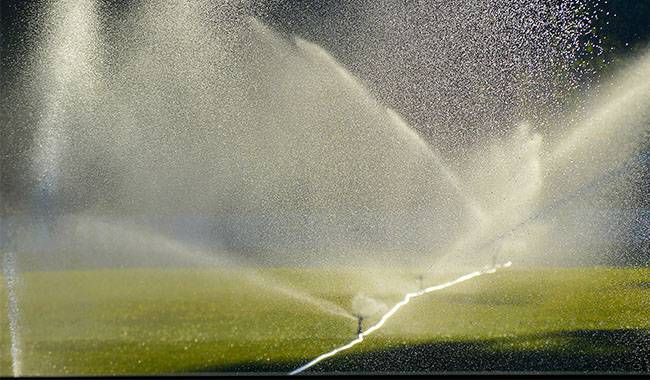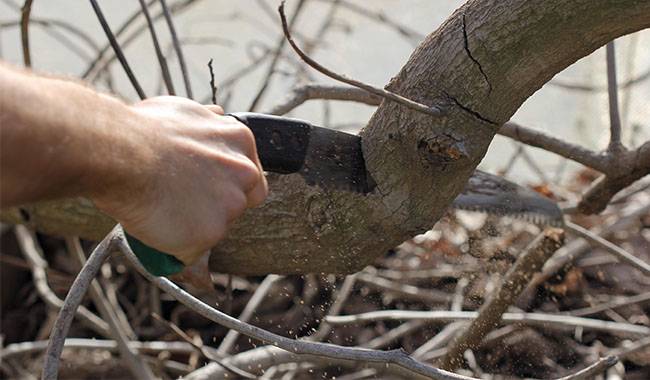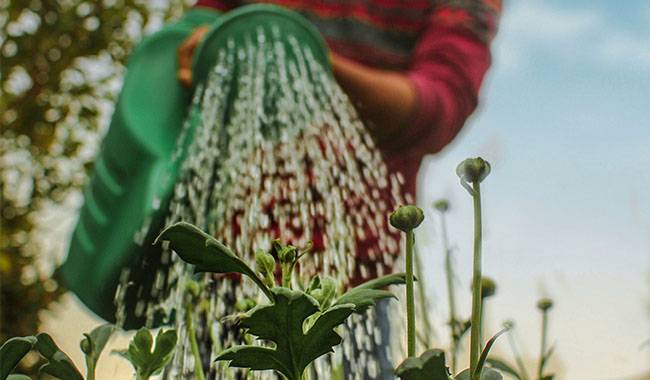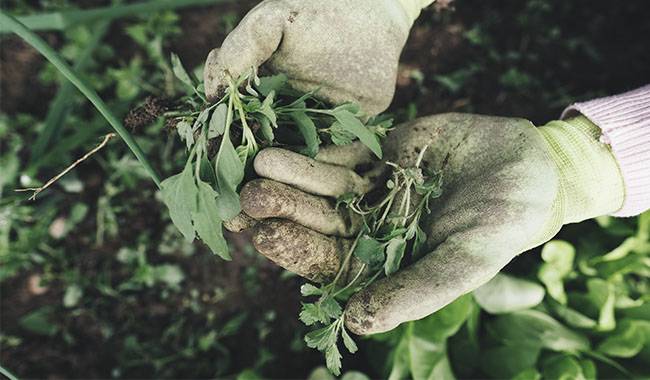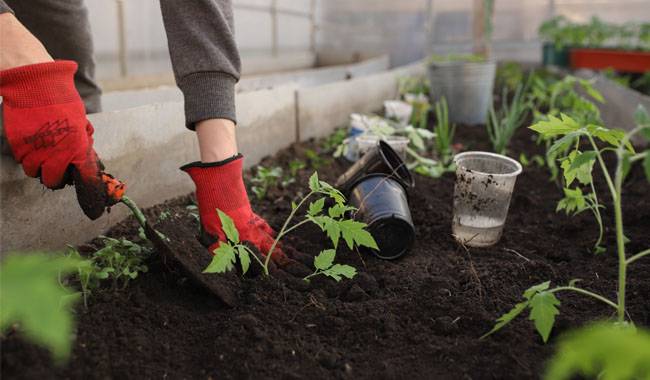
Not every gardener buy soil and uses it for growing seedlings, why? In most cases, the reason is the extra cost. Although soil is not very expensive, you still have to find the money to buy it. But you can make your own soil from the elements you have on hand.
There are times when we still go store to buy soil. For example, when he doesn’t have some necessary elements or we don’t have time to prepare it.
As you know, the soil for seedlings needs to be “treated” and prepared, preferably not in spring. Do not prepared it few days or hours before planting, need to in autumn.
COMPOSITION OF THE PURCHASED SOIL
So, assuming we decide to buy soil, what is the first thing to look for? In its composition, of course. Serious manufacturers are making an effort to label their packaging with detailed ingredients, down to the smallest detail. Less responsible people may leave out some important factors, and it happens that the package contains nothing at all except the words “soil for seedlings”, a price tag, and a nice picture . Such soil is better not to take, even if it is cheaper than the others.
What is part of the standard seedling soil that is usually purchased? In most cases, it is based on peat: high or low. Then there is common soil, usually without information on the location of collection, manure (both decomposed and undecomposed), compost (decomposed to varying degrees), river sand (usually unwashed, which is not very good), and sawdust.
Depending on his wishes, the manufacturer could put river sand in the bag, or perlite and various ingredients that balance the peat (or rather its acids), such as wood ash, slaked lime, or dolomite. This is all mixed with various mineral fertilizers, humus (effective nutritional humus), and the now popular coconut fiber.
BENEFITS AND DISADVANTAGES OF PEAT IN FINISHED SOILS
As we wrote above, in the composition of the nutrient mixture used for seedling growth, as a rule, almost the main part is peat. Obviously, this consists not only of peat mixture, but if peat is in it, or even dominates it, then the deoxygenated component of the mixture must be.
The additional components, various nutrients and fertilizers. The producer contribute at will (but oftenly, the more elements in the mixture, the higher price it takes).
Therefore, peat can be upland, transitional, or lowland in the mix. I personally have never encountered a blend containing transitional peat, usually on top or lowland.
The top peat looks attractive, has a nice shade of red, has a fibrous structure, and seems ideal for plants, if not a big “but”. This peat is very acidic and can (rather must) adversely affect seed germination and the further growth and development of seedlings in the mixture.
For all other things, upland peat breaks down very slowly into plant-available components, and he is considered “empty” of plants, that is, it contains no minerals or very little of them.
The difference between lowland peat and upland peat is first of all in the color: it is not reddish like upland peat, but dark brown or even black, and if it is well mixed with black soil, you can consider it a homogeneous mass.
Lowland peat is better than upland peat, it is not as brightly acidic, although it cannot be called neutral, still, lowland peat is present in the mix for growing seedlings, even with deoxidizers. A good sign to buy this soil.
Advantages of buying soil
The first advantage is the packaging. You can buy a package that weighs only one kilogram if you want to grow a few seedlings, or 50 kilograms if you have big plans to produce seedlings.
In addition, the soil is usually light and highly absorbent, so it needs to be watered less often and you can save a little on watering costs, and thirdly, in almost always contains fertilizer, whose additional application will be unnecessary.
Disadvantages of buying soil
Due to the presence of peat, the acidity can vary from pH 4.5 to pH 5.5, which is far from the standard of pH 6.5 and is not very favorable for the development of young seedlings. Next is fertilizer, it’s good to have fertilizer, but the bad news is that the packaging doesn’t always indicate the exact weight of nitrogen, phosphorus, and potassium in the mixture.
If you don’t know these numbers, you may get a soil in which the amount of elements per unit mass of soil is either too much or not enough, which will then affect the seedlings accordingly.
DON’T BUY TOO MUCH SOIL AT ONCE
If you decide to buy soil and you need a lot of it, don’t buy it all at once. Take a small packet and study it well at home, or if there is a laboratory nearby, take the soil to be analyzed to determine its quality.
Check the package at home, the date of manufacture of the soil, its expiration date. In soil, as well as in food, there are expiration dates. In the case of topsoil peat, for example, if left too long, it will tend to disintegrate into its individual elements (this disintegration process is usually accompanied by the release of heat). Soil that has expired should be discarded immediately.
Next, open the package and pour all the contents on a flat surface, at least on a table, initially covered with a film. After pouring the soil, you should see its structure, preferably fibrous, but also heterogeneous, with loose components such as sand and fertilizer particles.
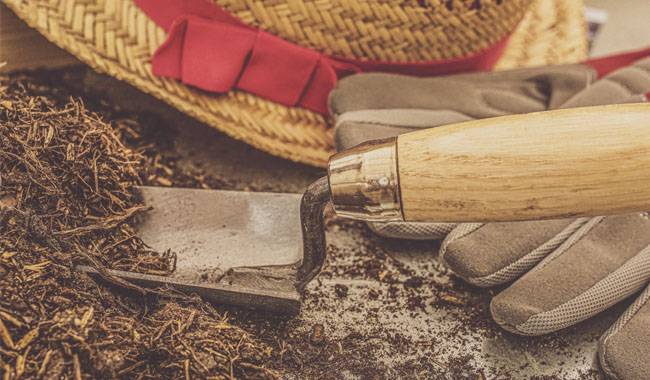
WHAT KIND OF SOIL SHOULD NOT BE PURCHASED?
If you pour the contents out of the package and feel an unpleasant smell, then you should already be alerted: it shouldn’t be like this. Also, if the soil feels sticky or gummy, it is not the best choice for seedlings. The soil should not be too dense, with large chunks of “stuff” that are difficult to crush or pulverize.
If vegetative particles – grass, leaves, twigs – are clearly visible in the soil, then you should also refuse to buy this “miracle”. Excessive amounts of loose soil components – perlite, sand – should ideally be no more than 1 part, sometimes 0.5 parts, but if the soil clearly has more (sometimes up to half its weight), this is just mediocre cheat and such soil should not be purchased.
Next, leave the soil in a scattered form for a few days and observe it after smearing it evenly on the same table. If there is no change in the soil after a few days, it is good, but if there are visible “salt spots” or mold spots, then the soil should be considered poor quality and unsuitable. By the way, don’t forget to check the inside of the package, where mold often forms as well: would it be good to grow seedlings in such soil? We are sure that no.
The final assessment can be to squeeze the soil into a fist and try to make something like a ball. The ball should not crumble into dust (a sign of excessively dry soil), but it should not stick together either, as if made of clay – a sign of too much moisture content. A ball can form, but when lightly touched, it can then break apart into separate components – a constant.
But even after such a seemingly thorough check, you and I can still be in a position to be deceived when buying nursery soil, if of course, you don’t go through the soil in the lab and other parties there without telling everything.
The peat in the soil you buy can be both low and high, that is mixed, and the amount of fertilizer exceeds the standard. And often nitrogen fertilizers, because nitrogen fertilizers, seedlings grow like yeast, forming strong stems, roots, and leaves, but in the future, fall into relatively poor garden soil with very low yields.
HOW CAN I IMPROVE THE PURCHASED SOIL?
In order to be as safe as possible, it is necessary to improve and refine the soil before sowing. Considering that all plants without exception grow best in loose and moderately fertile soil, it is necessary to add river sand (preferably washed at least once under running water) to the purchased soil before sowing.
Also add part of the garden soil from where she previously rested for several years, where it did not grow, as well as perlite (which can be combined with river sand and you can replace it) and several similar ingredients (some people add crushed to dust clay ore).
The next step should be the purification of the soil. There are many options, but the most common is to divide the soil into portions in a large metal colander and pour boiling water over it, or spread it out on a baking sheet and roll it in a conventional oven at 176-185°F (80-85°C), or sprinkle it with a 3% solution of manganese.
Any of these methods can easily kill all harmful microorganisms that may be in the soil, even pest eggs, various fungi, and molds.
Also, such treatment should kill most, if not all, of the beneficial microorganisms, but this problem can be solved if, after a day or so of temperature treatment, the soil can be watered with any biological preparation, strictly following the instructions on the package.
Next, when the soil has been prepared, it is necessary to check its acidity level. There are many ways to check this level in a “manual” way, but all of them are approximate and sometimes subject to strong errors, so it is best to use good old litmus paper. This paper is available at any gardening store for a good price, and acidity meters can be found on the internet or bought for a pittance.
Litmus paper is very simple to use. They are usually orange strips 2-2.7inch (5-7cm) long and 0.2inch (0.5cm) wide. To find out the acidity of the soil, you should take 25-30 grams of soil, dissolve it in a glass of soft water (melted water or rainwater), then put the litmus paper into the solution, wait for its color to change (no more than a minute), pull out the paper and compare the color with the scale. Usually bright colors – red, yellow, orange are signs of increased acidity of the matrix, but green and darker colors are neutral or decreasing.
As we have already pointed out, high acidity can be devastating to plants in general and to young seedlings in particular, so you need to add acidifying ingredients to the soil and check the acidity until the litmus paper does not turn green (neutral acidity).
The easiest way to deoxidize the soil is to add dolomite powder. For example, for cucumbers and all types of cabbage, only 20-25 grams of dolomite powder per kilogram of improved soil should be poured in, while for eggplants and bell peppers – 15 grams of dolomite powder per kilogram of the mixture will be enough.
These are all the secrets of choosing and bringing the purchased soil “to the bottom”.




